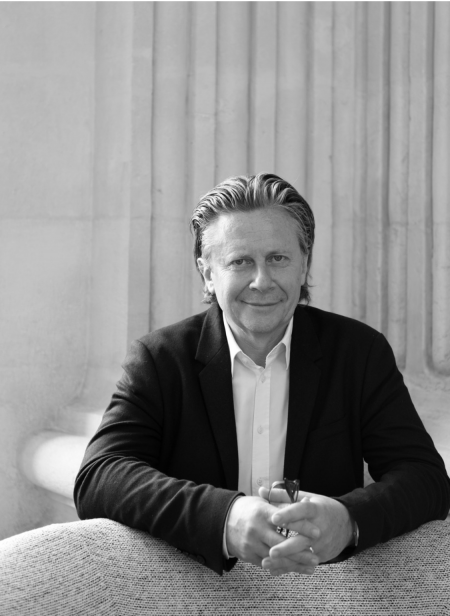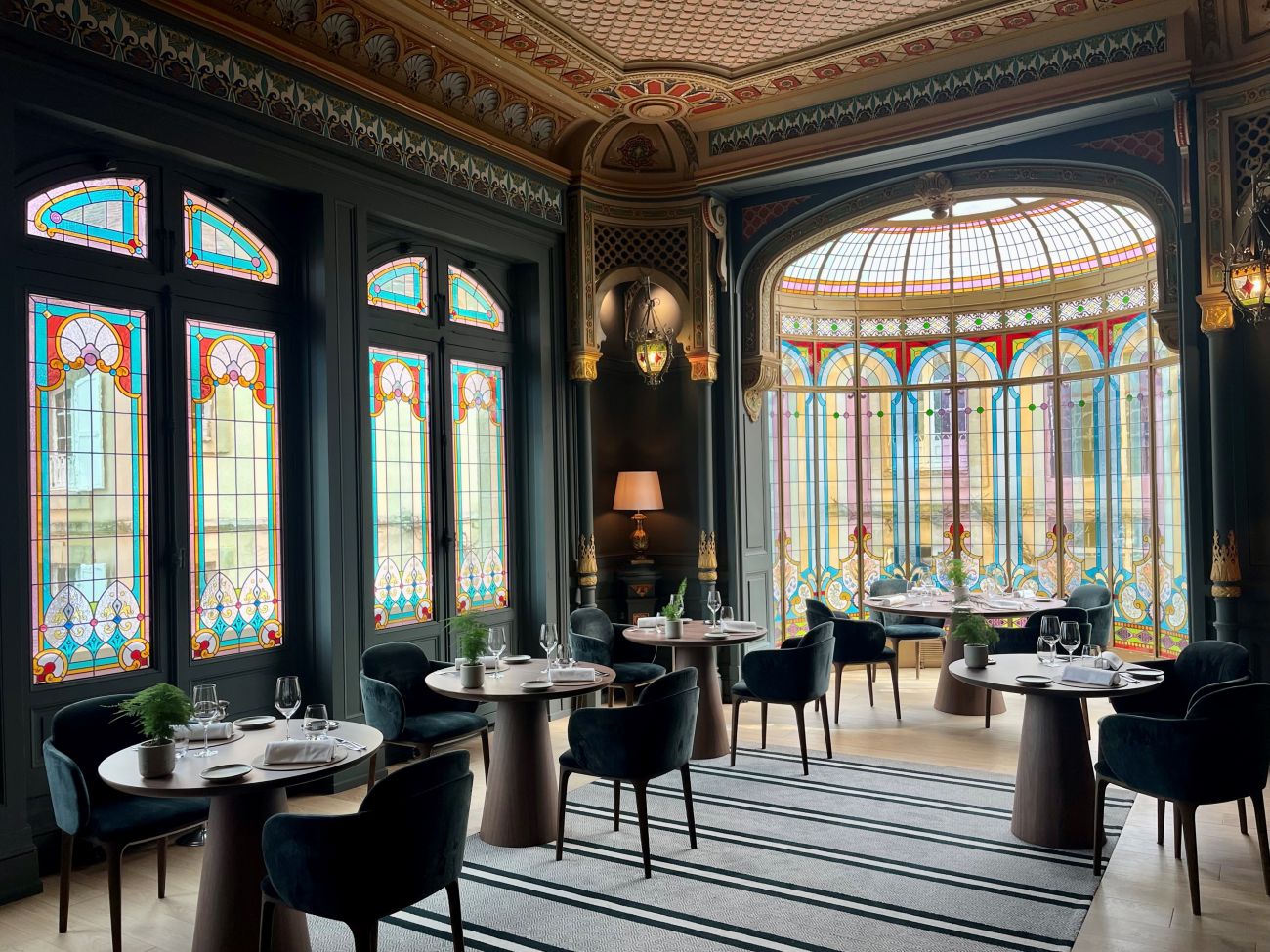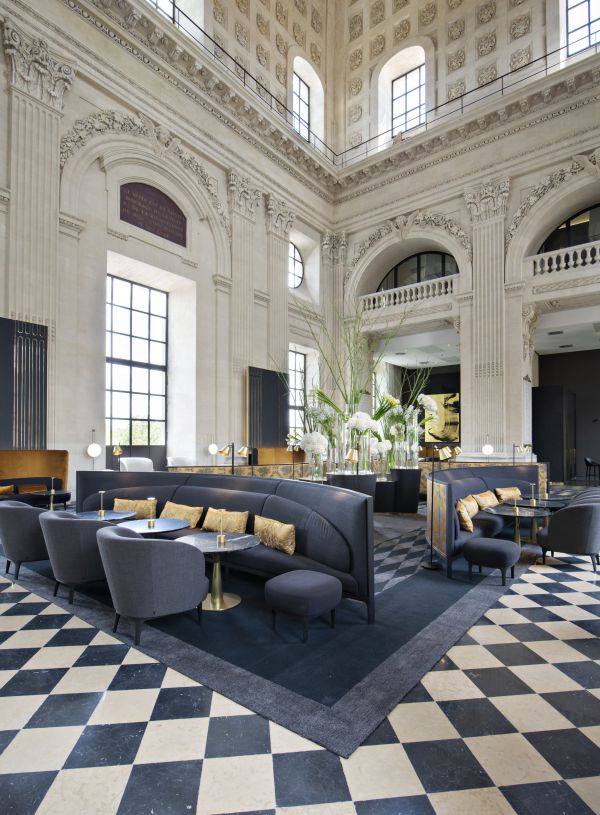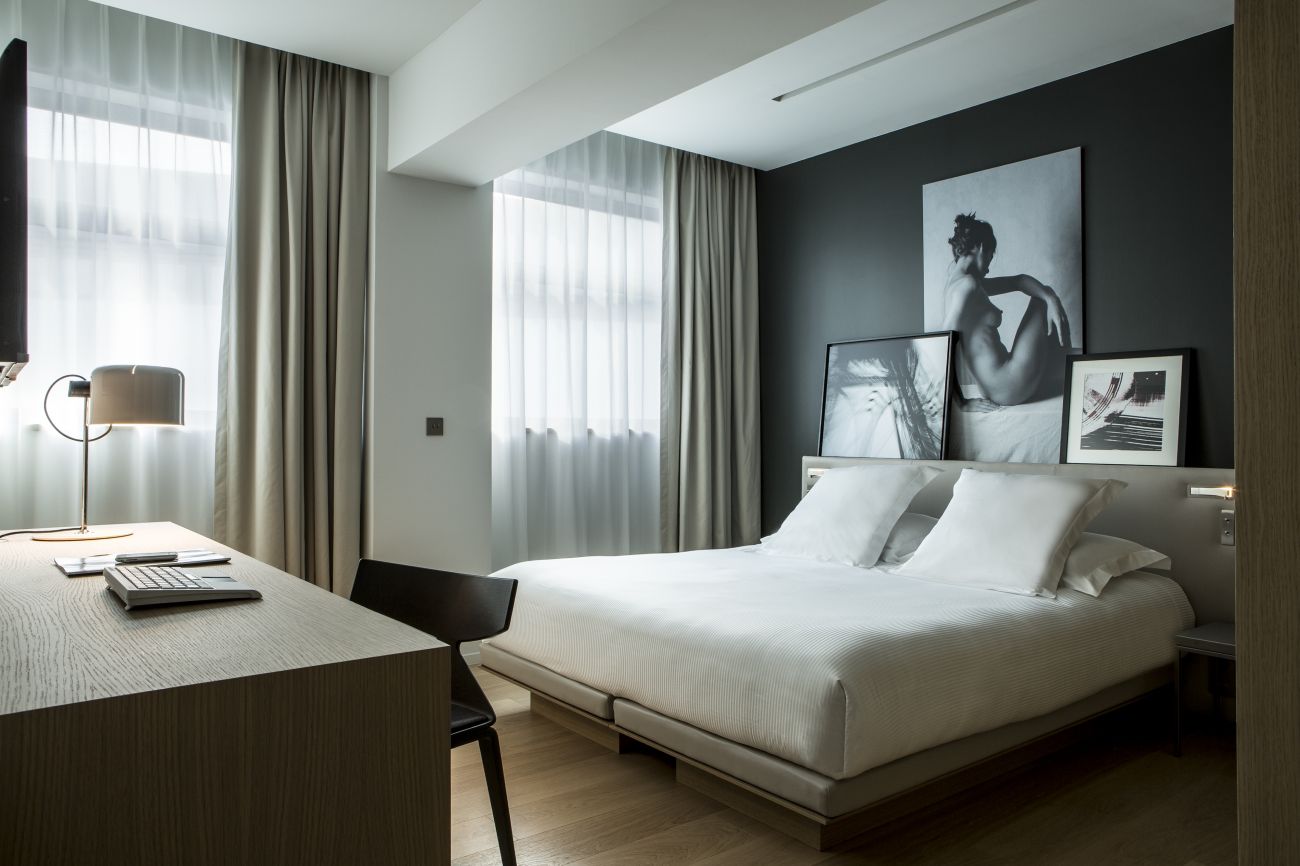
DESIGN - JEAN-PHILIPPE NUEL, INTERIOR DESIGNER: "A NEW HOTEL IS OFTEN AN OPPORTUNITY TO DEVELOP FURNITURE DESIGN"
At the crossroads of luxury and lifestyle, Jean-Philippe Nuel excels in hotel and furniture design. |
 |
DESIGN - JEAN-PHILIPPE NUEL, INTERIOR DESIGNER: "A NEW HOTEL IS OFTEN AN OPPORTUNITY TO DEVELOP FURNITURE DESIGN"
At the crossroads of luxury and lifestyle, Jean-Philippe Nuel excels in hotel and furniture design. |
Category: Worldwide - Interviews and portraits
- Suppliers
- Providers - Interviews - Industry leaders
Interview made by Sonia Taourghi on 2024-08-21
 Jean-Philippe Nuel, Interior Designer
Photo credit © Eric Cuvillier / Studio Jean-Philippe Nuel
The architect-turned-interior and furniture designer looks back at the development of his career, and his collaborations, and shares what continues to drive his creativity.
Journal des Palaces: You come from a family of designers and creators. Were you pushed towards architecture, or was it an obvious choice for you from a young age?
Jean-Philippe Nuel: It was quite obvious; I have always loved drawing and am interested in many things. Architecture is a synthesis profession where one needs to be curious about everything. The artistic and creative dimension is important, but one must also be interested in social and ethnological developments, as each project illustrates these changes.
How would you define your style, your personal touch?
I don't seek to do the same project twice; I like to immerse myself in an environment to fuel my creation. Nevertheless, I do not deny my sensitivity, and despite very different projects, many people recognise a signature in each of them. If I had to describe this style, I would speak of elegance, always seeking a “twist”: a note of discrepancy or irreverence that brings creativity and uniqueness. I liken my work to that of a writer who writes a new story but retains his own style.
Your first hotel project was the Clos Médicis. How did that come about? Did you have a strong desire to work in the hospitality industry?
Even though the field of high-end hospitality has always fascinated me, as is often the case in the architect's profession, it takes a set of circumstances to complete the first project. I had a childhood friend who had attended a major hotel school in Switzerland (Pascal Beherec, owner of the Villa des Orangers in Marrakech); his family wanted to invest in hospitality and acquired a hotel to be completely renovated next to the Luxembourg Gardens in Paris. We were barely 30 years old, and we successfully completed this project, which was far from simple as it was a heavy renovation where we only preserved the building's facade. This project marked the start of my career because, as soon as it was finished, I was offered other projects, initially boutique hotels, and now I collaborate with nearly all major hotel chains, working on projects worldwide. From being an architect, I became primarily an interior architect and designer because, for major Anglo-Saxon chains, it is difficult to do everything.
What are the requirements that make luxury hospitality unique?
For me, the uniqueness of luxury hospitality lies in the pursuit of excellence at all levels. A grand hotel must have a strong aesthetic stance that makes sense in its cultural environment. I dislike the vulgar luxury of a hotel posed as an ostentatious object. Luxury is also about the quality of details and materials, but again, I dislike over-the-top elements. All choices are made in a quest for coherence and meaning. Fine-tuning these details is also put in service of the operation to ensure quality ageing, which is a particularity of hospitality compared to luxury residential, which has different usage constraints.
You also design objects and have collaborated with Concrete LCDA, Ligne Roset, and Pierre Frey, among others. How do these collaborations come about? What attracts you to object design?
Collaborations generally happen around a project. A new hotel is often an opportunity to develop furniture design to meet a specific need or to signature the project with unique furniture. The choice of furniture can be very representative of the project's positioning and identity. Furniture design in this case is the possibility to control all scales from architecture to objects, thus ensuring the harmony and coherence of a project.
What inspires you the most and helps you to renew yourself?
Everything inspires me; it is essential to listen to your surroundings. More specifically, literature and cinema are sources of inspiration. I like to see projects as characters in a novel with their personalities and traits; I like to visualise them, which is an initial materialisation of the project with colours and materials. Cinema is also a source of inspiration; in this case, the project is like the first shots of a film in which we enter. It is important to see if an atmosphere captures the visitor or the spectator. Creating places that carry emotion remains one of the main objectives.
Which project or object holds a special place in your heart?
Each project is somewhat like one's own children; each is different, but one lacks the discernment to see their qualities and flaws. Small or large, each project holds a place in my heart.
 The Mauresque Dining Room - Ch‚teau HŰtel Grand Barrail, Saint-…milion, France
Photo credit © Studio Jean-Philippe Nuel
 Intercontinental Hôtel Dieu, Lyon, France
Photo credit © Nicolas Matheus / Studio Jean-Philippe Nuel
 Boutique Hotel Le Cinq Codet, Paris, France
Photo credit © Gilles Trillard / Studio Jean-Philippe Nuel
|
|





